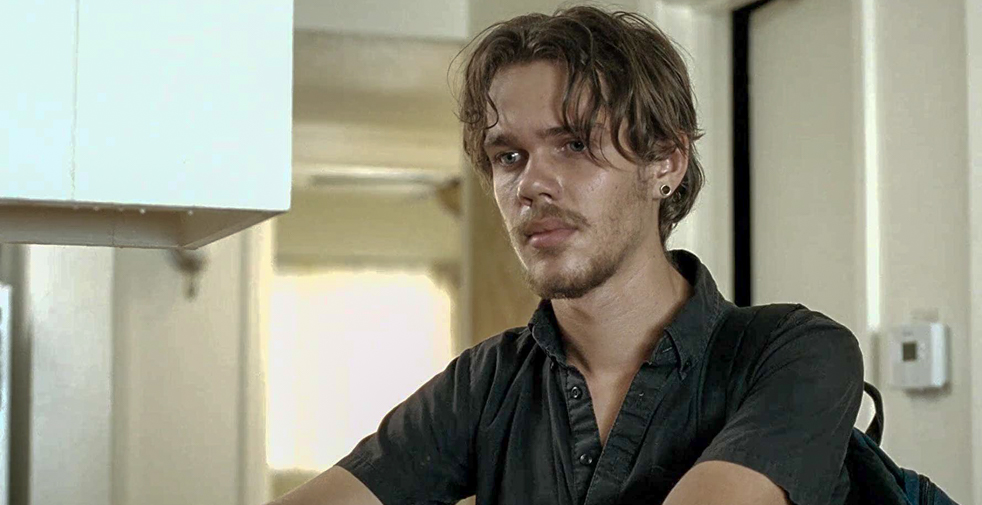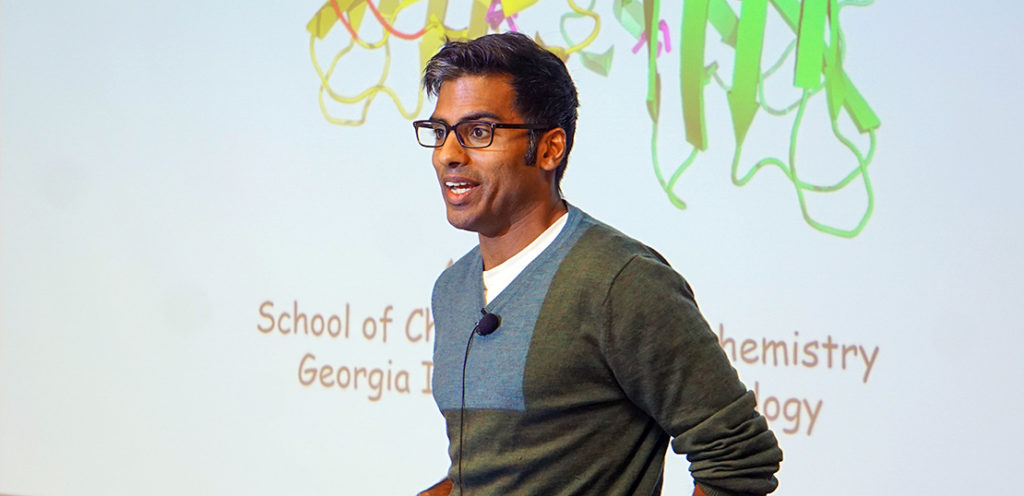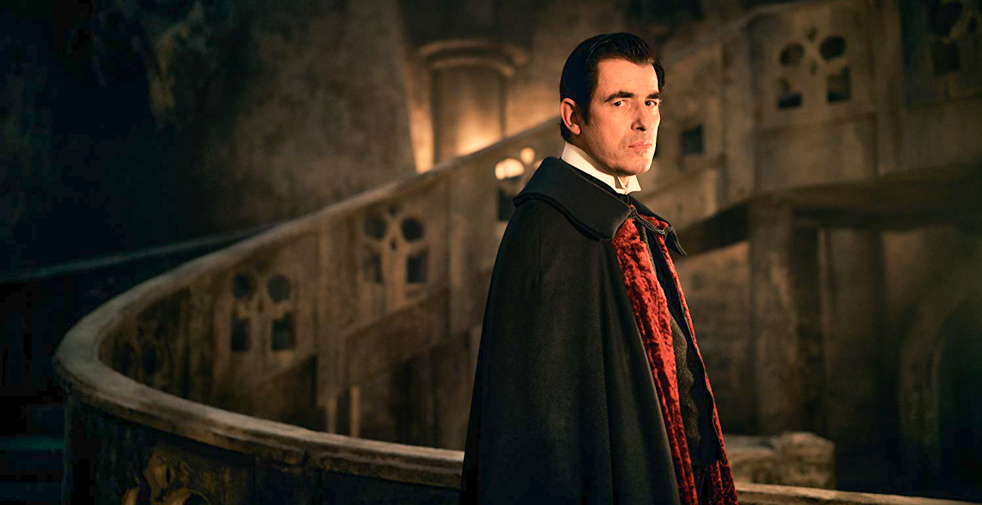Posted on 13 January 2020.

Though few things are certain in this world, the claim that cinema as a form of art and entertainment remained static during the 2010s it patently false. Many speculate that the industry is dying, as depicted by declining ticket sales, the rise of streaming services and a culture of sequelization. While these prove at least partially true, the general pessimism and anxiety overlook the progress, achievements and emergent talent the decade has witnessed.
The Academy Awards expanded the pool of Best Picture nominees, and in turn called attention to smaller films that would otherwise have been ignored, such as 2015’s “Room.” In response to the #OscarsSoWhite controversy in early 2016, the Academy started diversity and inclusion initiatives, which were followed by awards for films like “Moonlight” and “BlacKkKlansman.” Although the results are still far from equitable — only one woman (Greta Gerwig) was nominated for Best Director in the whole decade — the steps appear to move in a more promising direction.
Outside of the Oscars, #MeToo sent ripples through the show business, resulting in overdue self-examination and justice within the industry. The mainstream successes of “Crazy Rich Asians,” “Coco” and “Black Panther” have made it hard not to feel optimistic about trends toward better representation both on-screen and behind-the-camera.
The decade also saw the emergence and contributions of some truly great filmmakers. Alfonso Cuaron (“Gravity”) and Alejandro Inarritu (“Birdman”) championed long, single-take camera shots — an age-old filmmaking technique that has now been obsessively adopted by many other filmmakers. Denis Villenueve joined the likes of Christopher Nolan (“Inception”) as one of the best working directors of popular, mainstream cinema with “Arrival” and “Sicario.”
Meanwhile, a new generation of young talent announced their exciting presence as voices of the future — Damien Chazelle (“La La Land”), Ryan Coogler (“Black Panther”), Greta Gerwig (“Lady Bird”), Jordan Peele (“Get Out”) and Barry Jenkins (“Moonlight”).
Despite much cause for anxiety and gloom about the state of the industry, the 2010s gave moviegoers numerous reasons to be excited and optimistic about the direction of the artform. In no particular order, these are some of the decade’s finest works.
“Lady Bird” is the 2017 directorial debut from Greta Gerwig (“Frances Ha”) about a young woman (Saoirse Ronan of “Brooklyn”) coming of age and quarreling with her mother in small-town Sacramento. What powerfully separates “Lady Bird” from its genre’s peers is Gerwig’s thoughtful, focused filmmaking. The camera oozes with compassion, capturing the titular character’s unspoken adoration for the hometown that she is trying to escape. It is a rich text about the inherent tension between identity, home, family, love and attention.
In 2014, Ava DuVernay released “Selma.” In the biopic about the 1965 civil rights marches led by Dr. Martin Luther King, Jr., the reverend is played impeccably by David Oyelowo (“A United Kingdom”). Although the movie is terrific in nearly every way, it excels the most in two particular ways. First, its portrait of Dr. King is nothing shy of magnificent, reflecting the genuine doubts, fears and humanity of a man whose life was in danger daily. Second, the film serves as a moving call to action, inspiring its viewers to persevere and endure as they work to secure a safer and better world
for their kids.
Absurd as it sounds, people should really stop sleeping on “Paddington 2.” Released in 2018, the sequel follows the CGI bear through his antics in real-life London. At times, the film is nothing more than a PG, family-friendly movie for children, and even then, it is relentlessly charming. Yet “Paddington 2” transcends its cute setup by telling a remarkably heartwarming story. Everywhere the bear goes, he brings joy, compassion and companionship. In a perfectly constructed and cohesive work, the movie relays just how bright, terrific and happy the world can be when people are fundamentally good to each other.
Weirder than a bear prancing through London, “Her” is a sci-fi romance in which Joaquin Phoenix (“Joker”) falls in love with his operating system, voiced by Scarlett Johansson (“Avengers”). In other words, he essentially has a romance with a sentient version of Siri. But writer-director Spike Jonze (“Being John Malkovich”) is aware of the weirdness and uses it to create a masterpiece about loneliness, love and the impermanence of relationships.
A growing cliche about Pixar is that kids will enjoy their movies, but adults will get emotionally wrecked by them. While “Inside Out” certainly feels like it is doing the latter, it never sacrifices the elation and adventure that makes a trademark piece of animation. For those who skipped it, “Inside Out” is about the emotions inside of Riley — an eleven-year-old girl — where the characters are Joy, Sadness, Anger, Disgust and Fear. Responsible for Riley’s well-being, the emotions make a few mistakes when managing a tumultuous move, sending them on a mission to save the young girl before she runs away. The stakes are small, but they feel enormous. The adventure is hysterical and brilliantly written, but the themes about the importance of emotions and expressing them are more fully developed and effective than any other movie this decade.
Ridley Scott’s “Blade Runner” is regarded as one of the best films of all-time, so making a sequel 35 years later seemed a dangerous endeavor. Fortunately, the aforementioned Denis Villenueve attached himself to the project, and he created a sci-fi epic that transcends the term “sequel.” Ryan Gosling (“La La Land”) plays a replicant — beings who appear human but are actually machines, engineered to be better soldiers — who hunts down his rogue peers, but ultimately finds himself caught in a mystery about a former detective played by Harrison Ford
(“Blade Runner”).
It is hard to draw one’s eyes away from the screen, as the production design, cinematography and imagery are breathtaking. And the story is a brilliant encapsulation about individual agency and the ability to forge meaning in one’s own life.
Hot off the heels of surprise Best Picture winner “Moonlight,” writer-director Barry Jenkins adapted to screen the famous James Baldwin novel, “If Beale Street Could Talk.” The story portrays a young African-American couple divided by an encounter with the criminal justice system just as the woman became pregnant. It is a romantic drama about desperate efforts to keep a family intact when institutional racism interferes. Some of the film’s elements are so unbelievably spellbinding that it puts all other romances to shame. The camera gazes at its subjects lovingly, bolstered by a truly magical, romantic score. Unfortunately, the movie is a tragedy. But in Barry Jenkins’s eyes, even tragedies can be told with love.
Like “Frozen,” “Moana” remains extremely Disney, yet subverts classic Disney tropes. There are princesses and cute animal sidekicks, sure, but the women are the heroes of their own stories, refusing love and male heroism. “Moana” is the 2016 animated movie from Disney about a young princess in Ancient Polynesia who embarks across the sea to save her island from an ancient curse. What separates this film from the pack is remarkably rapturous music from Hamilton’s Lin-Manuel Miranda, which instills feelings of place, people and culture. The world is full and realized, but the titular character is even fuller and more realized. Where the film appears to be a Disney adventure, it is even more-so a movie about reconciling identity and
forging a path.
Although action movies are often described as relentless, nearly all of them have moments where the film stops to breathe. Even the “John Wick” movies and “Mad Max: Fury Road” do just that. “Dunkirk,” on the other hand, does no such thing. The 2017 war movie from Christopher Nolan illustrates the Battle of Dunkirk, in which scores of British soldiers were stranded and bombed constantly as they attempted to evacuate.
From its opening moments to its conclusion, the film is an unceasing symphony of danger and noise. Hans Zimmer’s (“The Dark Knight”) score ticks like a clock, the camera frames are claustrophobic, and the cuts between shots are gut-wrenching. It is a perfectly constructed masterpiece of great intensity, that immediatly places itself among the best action and best war films of all-time.
Richard Linklater (“Dazed and Confused”) is obsessed with moments, time and human life. Thus, his twelve-year passion project “Boyhood” becomes a perfect encapsulation of his worldview. Released in 2014, the film follows the fictional life of Mason — played by Ellar Coltrane for all twelve years of the movie’s production — as he ages from
six to 18.
Linklater cuts out most of the cliched milestones in one’s life and instead focuses on the mundane, undramatized parts of Mason’s life. In another’s hands, the mundanity could consume the film into boredom. But Linklater has an eye for dialogue, humor and nostalgia. He makes inconsequential moments vibrant and beautiful. It can be difficult to view this movie without smiling silently at the magic of seeing a kid grow up.
There is no tension, though, no conflict. In fact, the only tension is the aching feeling in one’s gut that Mason is leaving childhood behind, that he cannot get this time back. The audience knows it but he does not. As Mason nears adulthood, it is difficult not to wonder how an experimental film like this will end. After all, the movie is devoid of cliches. But when it finally hits in a simple and pseudo-intellectual conversation, it all clicks. Contrary to the criticisim, Linklater’s coming-of-age epic is not a nostalgia trip; it is a love letter to the beautiful moments that make human life so emphatically special.










